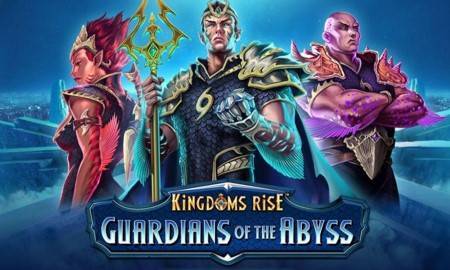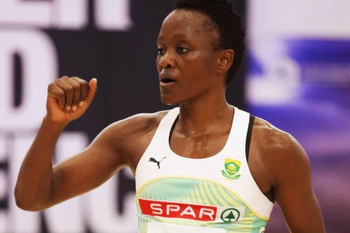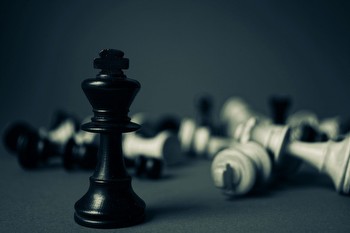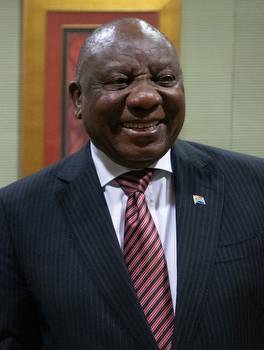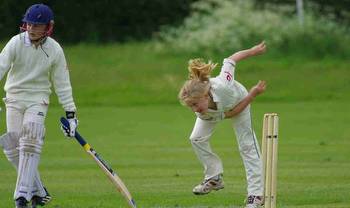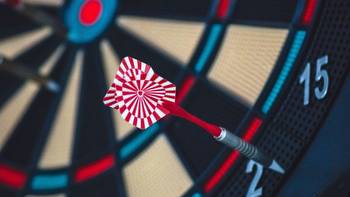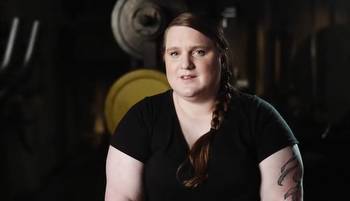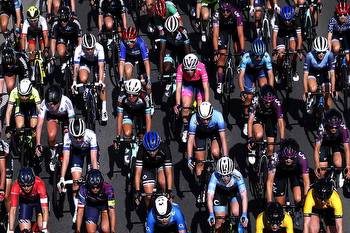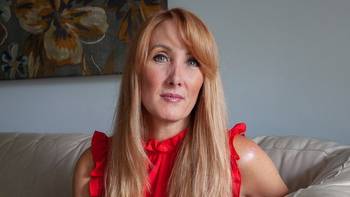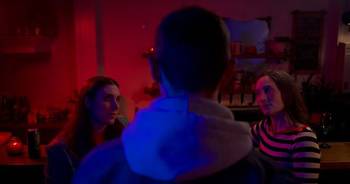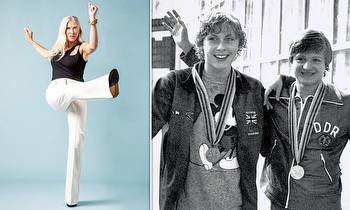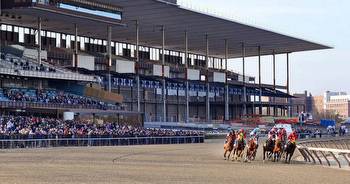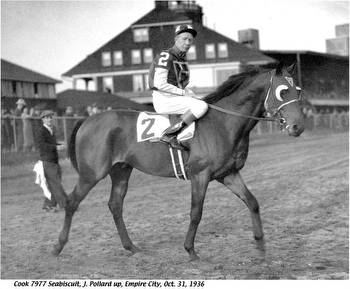The Evolutionary Mystery of Menopause

The evolutionary mystery of menopause is solved. The grandmother hypothesis is the leading theory. Intergenerational transfers of food and information in the complex, high-skill foraging niche typical of hunter-gatherers can select for longer lifespan. . . Michael Gurven and Raziel Davison published a paper in Proceedings of the National Academy of Sciences. They looked at foraged chimpanzees, human hunter/gathererrs and horticulturalists. It underscored the importance of elders.
In the evolutionary game of breeding, there is a payoff for betting successfully on one's breeding potential. Jane Goodall’s famous chimpanzee matriarch Flo bred into extreme old age. The prudent-mother hypothesis is that menopause tells women when to fold ’em. In general, menopausal men are more likely to be grandparents than mothers. They are also more able to contribute to the success of their grandchildren. They also have a higher genetic probability of carrying their genes. It is not the case that it is necessary to give up reproduction at this age, as in the chimpanzees.
Anthropologists studied other human groups and found that devoted grandmothers contribute to the success of their grandchildren. They also found out that grandmothering can balance and to some extent even overcome evolutionary pressures that would otherwise work against the survival of post-menopausal women. The study suggests that menopause contributes to evolutionary success for menopausal woman. It also benefits their own bodily health. The results suggest that this evolutionary payoff can overshadow pressures. This is because menoplause occurs when women have several decades of generally healthy life ahead of them.
The Evolutionary Mystery of Menopause is a book written by Richard Davison and Murven.
The Evolutionary Mystery of Menopause is 2nd edition of Molecular Biology and Evolution msac151 (2022).
3. Hrdy, S.B. and Voland are co-operative breeders. Volands and Chasiotis wrote Grandmotherhood: The Evolutionary Significance of the Second Half of Female Life.
4. Hrdy, S.B. wrote Mother Nature: Maternal Instincts and How They Shape the Human Species. Ballantine, New York, NY (1999).
5. Hadza women’s time allocation, offspring provisioning and the evolution of long postmenopausal life spans. Current Anthropology 38, 551-578 (1997).
The Evolutionary Mystery of Menopause is published in Proceedings of the Royal Society B 267, 1641-1647 (2000).
